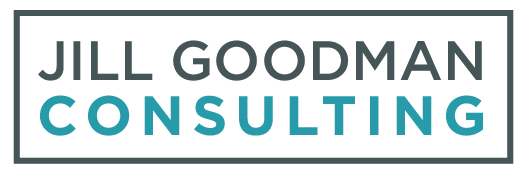The Advancement Model Problem (And a Better Path Forward)
I’ve written about the Advancement Model, where admissions, development, and marketing/communications (marcom) all report to a single advancement director, who in turn reports to the head of school. With many schools preparing to launch a capital campaign, the structure of your department matters. The Advancement Model offers compelling benefits but I see two significant challenges.
The benefits are that the team can spend more time together on high-priority areas in cycles throughout the year, maximizing the staff’s time and talent. While I maintain that this model can work and does work for schools, it requires a well-resourced department, highly skilled leader, and a sophisticated, motivated team. Recently, I’ve received some pushback on the reality of the model. And, admittedly, I’ve only seen a handful of schools where it seems to work well.
The two challenges:
1. Schools value admissions over development and marcom.
It’s true that on average, tuition drives between 80% and 98% of operating revenue at independent schools. We can’t ignore that reality, but it’s shortsighted.
The optics of having a full-time development director (at a small school) or a team of 5 or more (at a larger school) can appear wasteful to those who miss the big picture. If the development office is doing its job, it brings dreams to reality through relationships that lead to investments in facilities and programs, ultimately driving admissions.
The marcom team, if lucky, stands alone as a vital department reporting to the head and serving admissions, internal retention, development, and auxiliary programs with equity. If they are unlucky, they sit within admissions or development, and their allegiance is measured by their leader, leaving the other departments to beg or scramble for time with marcom. Marcom’s work, at its best, solidifies the brand on which the entire operation thrives or dies.
2.Everyone wants to report to the head of school.
Though the model narrows the number of direct reports to the head of school, a defining feature of directorship is reporting to the head. It can be difficult to hire for the role without that organizational structure.
So, if the Advancement Model is flawed, what is a better alternative?
Whether your school is large or small, these three branches of advancement are the core revenue drivers; thus, each should have a leader who reports to the head of school. Additionally, schools with the three branches working in physical proximity to each other tend to be more collaborative. When admissions, for example, is located in one building (or at one end of the building) and development is in another, without intentional time together for ideation and collaboration, I’ve seen the relationships become adversarial.
Even if admissions, development, and marcom are not organizationally on the same team, schools need heads, CFOs, and boards who value advancement work alongside academic programming, encourage collaboration between departments, and provide realistic budget support for revenue-generating functions.
Advancement professionals are pretty darn amazing, but they are not magicians.
If you have a large campaign on the horizon, let’s talk about the structure of your department, along with your wins and challenges. Now is the time to consider a better path forward.
The author, Jill Goodman, is a consultant who works with independent school leaders to improve enrollment and retention, build development capacity, and expand leadership skills. Learn more about all services here.



